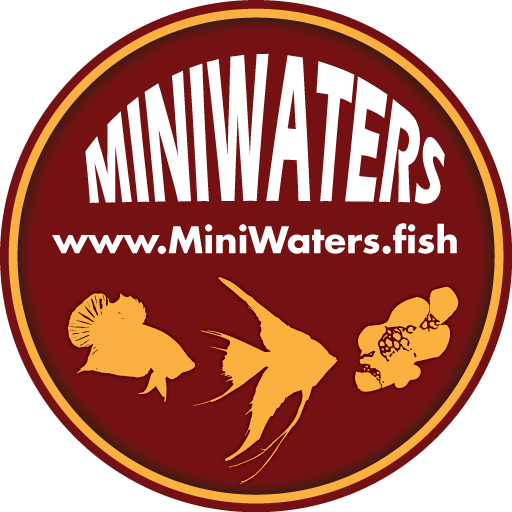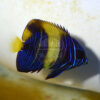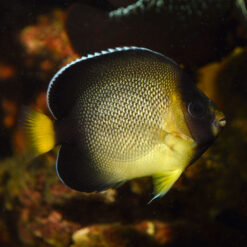Apolemichthys xanthopunctatus “Goldflake Angelfish”, Captive-Bred
$799.00
No joke, as far as I’m aware this is the first offering of Bali Aquarich’s captive-bred Apolemichthys xanthopuncatus, the Goldflake Angelfish. In 2015, Wen-Ping Su and his team first succeed creating a captive-bred hybrid of A. xanthopunctatus X A. trimaculatus; during the Spring of 2016, images were first released of juveniles where both parents were reported to be A. xanthopuncatus. I received the first two, and reportedly ONLY two, that were permitted to be shipped in with my request. They have been here in quarantine since June 1st, and are ready for your tank!
While not listed as a WYSIWYG listing, the two fish shown in the photos are in fact the two fish currently offered for sale.
Read more below:




















